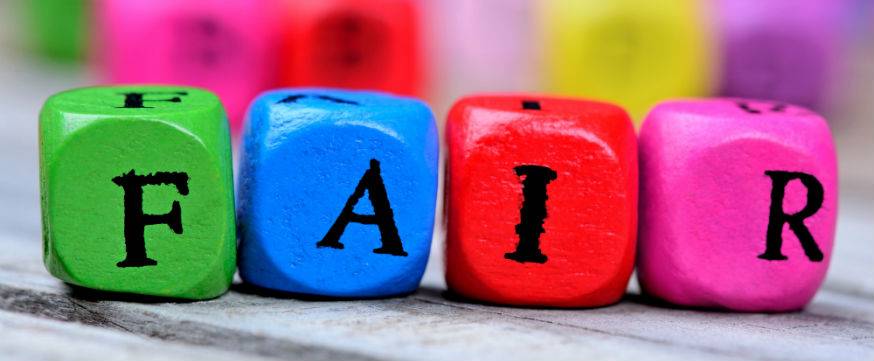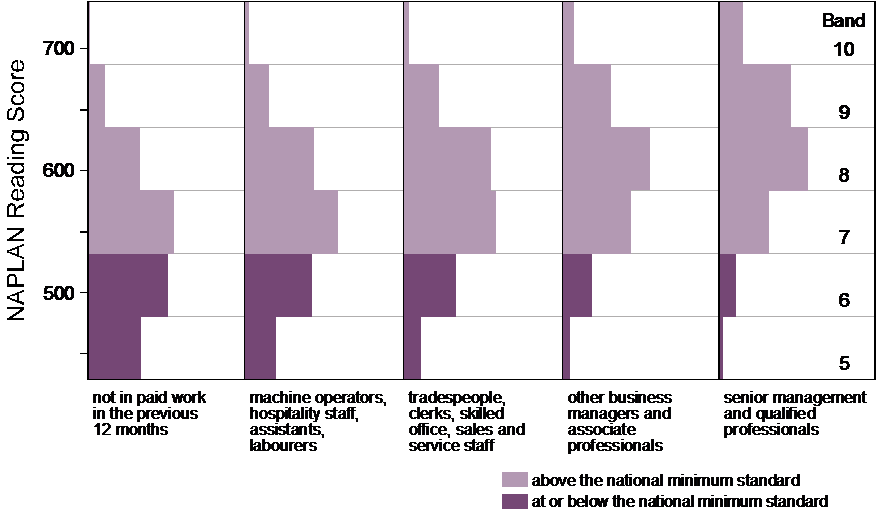
Redefining equity in education
Research 30 Apr 2018 3 minute readEquity in education is often viewed as equivalence or sameness. A more useful way to view equity is through the lens of ‘fairness’, say Geoff Masters and Raymond Adams in Teacher.
Research out of Yale University in 2017 found that people generally value fairness over equivalence. An unequal distribution of resources is often deemed ‘fair’ when it is based on merit or need. As in other areas of life, equity in school education is likely to be associated with equal treatment in some situations (where there is no obvious basis for differential treatment), and unequal treatment in others, say Chief Executive of the Australian Council for Educational Research (ACER) Prof Geoff Masters AO and Director of ACER’s Centre for Global Education Monitoring Prof Raymond Adams in a new Teacher article.
That students in the same year at school are approximately the same age and have attended school for roughly the same period could be seen as grounds for treating all students identically. However, the research tells us that the most advanced students in a class typically end the year a full five or six years ahead of the least advanced. Teachers generally recognise this and tailor their teaching to meet the needs of individuals accordingly; in other words, they choose unequal treatments in response to student needs in order to treat them ‘equitably’.
Additionally, offering all students access to a uniform quality of education, support and funding could be viewed as equitable, while allocating more of a particular resource to one student over another student could be deemed unfair. The reality is, some students have special needs that require additional support and, as a society, we consider it fair to distribute resources unequally to meet these needs.
Students come from unequal backgrounds, and this can affect the quality of schooling students receive and the quality of home support. Figure 1 illustrates how the effects of students’ backgrounds are strongly evident in Year 9 reading levels.

Figure 1. Achievement of Year 9 students in Reading, by parental occupation
In an ‘equitable’ school system, students’ special needs and unequal socioeconomic backgrounds are recognised, and resources like teaching expertise are distributed unequally in an attempt to redress disadvantage due to personal and social circumstances. Here again, ‘equity’ is achieved by prioritising fairness over equality.
Read the full article in Teacher Magazine.